Home>Renovation & DIY>DIY Projects & Ideas>What Kind Of Saw Do I Need For DIY Projects
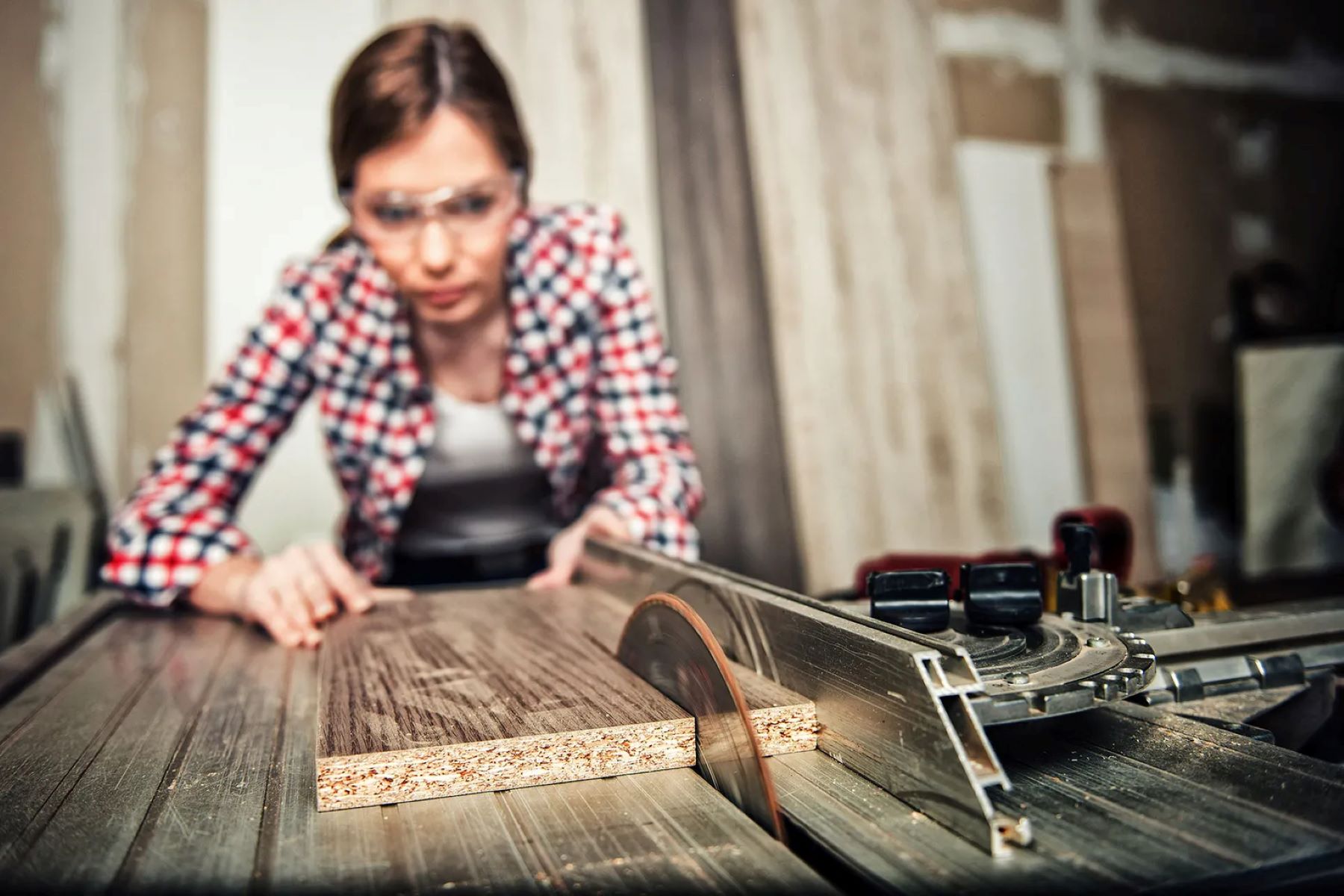

DIY Projects & Ideas
What Kind Of Saw Do I Need For DIY Projects
Modified: January 4, 2024
Discover the essential saw for your DIY projects and ideas. Find out which saw is best suited for your woodworking and home improvement needs.
(Many of the links in this article redirect to a specific reviewed product. Your purchase of these products through affiliate links helps to generate commission for Storables.com, at no extra cost. Learn more)
Introduction
Embarking on do-it-yourself (DIY) projects can be an incredibly rewarding and fulfilling endeavor. Whether you're a seasoned DIY enthusiast or just getting started, having the right tools is essential to the success of your projects. One of the most crucial tools in any DIYer's arsenal is the saw. However, with a plethora of saw types available, it's crucial to understand which saw is best suited for your specific project.
In this comprehensive guide, we'll explore the various types of saws commonly used in DIY projects, offering insights into their specific uses and benefits. Additionally, we'll delve into the factors to consider when choosing the right saw for your project, as well as crucial safety tips to ensure a secure and accident-free woodworking experience.
Whether you're tackling woodworking, home improvement, or crafting projects, understanding the nuances of different saw types and how to use them safely is paramount. So, let's dive in and discover the perfect saw for your next DIY undertaking!
Key Takeaways:
- Choose the right saw for your DIY project by considering factors like project requirements, precision, portability, power, and safety. The right saw enhances efficiency and ensures a safe woodworking experience.
- Prioritize safety when using saws by wearing protective gear, securing workpieces, maintaining a clear workspace, using proper technique, and staying focused. Safety measures reduce the risk of accidents and injuries, creating a secure DIY environment.
Types of Saws for DIY Projects
When it comes to DIY projects, having the right saw for the job can make all the difference in the outcome of your endeavors. There is a diverse array of saws available, each designed for specific purposes and materials. Understanding the various types of saws and their applications is essential for any DIY enthusiast. Below are some of the most common saws used in DIY projects:
- 1. Circular Saw: A versatile and portable tool, the circular saw is ideal for making straight cuts in wood, metal, or plastic. It is a staple in woodworking and construction projects, offering precision and ease of use.
- 2. Jigsaw: Perfect for intricate cuts and curved lines, the jigsaw is a go-to tool for cutting plywood, plastic, and thin metal sheets. Its maneuverability and ability to make detailed cuts make it indispensable for DIY enthusiasts.
- 3. Miter Saw: Designed for making accurate crosscuts and miter cuts, the miter saw is essential for framing, molding, and trim work. Its ability to pivot and create angled cuts makes it a valuable asset in carpentry projects.
- 4. Table Saw: A stationary power tool, the table saw is utilized for making precise and straight cuts in larger pieces of wood. It is a cornerstone tool in woodworking shops, offering efficiency and accuracy for various DIY applications.
- 5. Reciprocating Saw: Known for its robust cutting action, the reciprocating saw is ideal for demolition work, cutting through metal pipes, wood, and nails. Its versatility and power make it a valuable addition to any DIY toolkit.
- 6. Band Saw: A stationary tool with a continuous band of toothed metal, the band saw excels in cutting irregular shapes and intricate curves in wood and metal. It is a versatile tool for DIYers with a penchant for detailed and artistic woodworking.
- 7. Hand Saw: The quintessential tool for manual cutting, the hand saw comes in various designs for cutting wood, plastic, and metal. Its simplicity and portability make it a fundamental tool for DIY projects, especially when precision and control are paramount.
Each type of saw has its unique strengths and applications, catering to different project requirements. Understanding the capabilities of these saws can significantly enhance the quality and precision of your DIY endeavors.
Choosing the Right Saw for Your Project
With a myriad of saw options available, selecting the right saw for your DIY project is a critical decision that can significantly impact the outcome of your endeavors. To make an informed choice, consider the following factors when determining the most suitable saw for your specific project:
- 1. Project Requirements: Assess the nature of your project, including the type of material you’ll be cutting and the intricacy of the cuts required. For instance, a circular saw is ideal for straight cuts in lumber, while a jigsaw excels at curved and intricate cuts.
- 2. Precision and Accuracy: If your project demands precise and angled cuts, a miter saw or table saw may be the best choice due to their ability to make accurate and repeatable cuts with ease.
- 3. Portability and Maneuverability: Consider the mobility of the saw, especially if your project involves working in different locations or tackling overhead cutting tasks. Tools like the circular saw and jigsaw offer excellent portability and maneuverability.
- 4. Power and Cutting Capacity: Evaluate the power and cutting capacity required for your project. For heavy-duty cutting tasks such as demolition work, a reciprocating saw’s robust cutting action may be indispensable, while a band saw is ideal for intricate and detailed cuts in various materials.
- 5. Workspace and Safety: Take into account the available workspace and safety considerations. For larger workshop projects, a stationary tool like the table saw or band saw may be suitable, while handheld saws like the circular saw and jigsaw offer flexibility in confined spaces.
By carefully assessing these factors, you can narrow down the options and choose the most appropriate saw for your DIY project, ensuring efficiency, precision, and safety throughout the cutting process.
Additionally, it’s essential to consider the quality and features of the saw, such as blade sharpness, cutting depth, bevel capacity, and safety features. Investing in a high-quality saw with the right specifications for your project can enhance the overall experience and results of your DIY endeavors.
Remember, the right saw not only simplifies the cutting process but also contributes to the overall success and satisfaction of your DIY projects.
For DIY projects, a versatile saw to have is a circular saw. It can handle a variety of materials and cuts, making it a great all-around tool for woodworking and home improvement.
Safety Tips for Using Saws
While saws are indispensable tools for DIY projects, it’s crucial to prioritize safety to prevent accidents and ensure a secure working environment. Implementing the following safety tips when using saws can significantly reduce the risk of injuries and enhance the overall woodworking experience:
- 1. Wear Protective Gear: Prior to operating any saw, ensure that you are equipped with appropriate safety gear, including safety goggles, ear protection, and, if applicable, a dust mask. Additionally, avoid loose clothing and jewelry that could pose a hazard during cutting tasks.
- 2. Read the Manual: Familiarize yourself with the saw’s user manual and safety guidelines before use. Understanding the tool’s features, proper handling, and safety precautions is essential for accident prevention.
- 3. Secure the Workpiece: Always secure the workpiece firmly in place using clamps or a vise to prevent movement during cutting. This ensures stability and reduces the risk of kickback or unexpected shifts during the cutting process.
- 4. Maintain a Clear Workspace: Keep your work area well-lit and free of clutter. Remove any obstacles or debris that could interfere with the cutting task or cause tripping hazards. A clean and organized workspace promotes safe and efficient saw operation.
- 5. Use Proper Technique: Adhere to correct cutting techniques and follow the designated cutting guidelines for each saw type. Avoid overreaching or making abrupt movements that could compromise your stability and control over the saw.
- 6. Mind the Blade and Power Source: Before making any adjustments or blade changes, disconnect the saw from its power source to prevent accidental activation. Additionally, ensure that the saw blade is sharp and in optimal condition to facilitate smooth and safe cutting.
- 7. Focus and Concentration: Maintain focus and concentration during saw operation. Distractions can lead to errors and accidents, so it’s essential to prioritize the task at hand and avoid engaging in conversations or activities that divert your attention.
- 8. Unplug After Use: Once you’ve completed your cutting tasks, unplug the saw and properly store it in a secure location, out of reach of children or unauthorized users. This prevents accidental starts and ensures the safety of the tool.
By adhering to these safety tips and exercising caution when using saws, you can mitigate potential hazards and create a safer working environment for your DIY projects. Remember, prioritizing safety is paramount for a successful and injury-free woodworking experience.
Conclusion
Embarking on DIY projects empowers individuals to unleash their creativity and craftsmanship, and the selection of the right saw is pivotal to the success of these endeavors. Understanding the diverse array of saw types, their applications, and the safety measures associated with their use is indispensable for any DIY enthusiast.
By familiarizing yourself with the characteristics and capabilities of circular saws, jigsaws, miter saws, table saws, reciprocating saws, band saws, and hand saws, you can make informed decisions when choosing the most suitable tool for your specific project requirements. Whether you’re crafting intricate woodwork, undertaking home renovations, or engaging in construction projects, the right saw can elevate the precision and efficiency of your work.
Moreover, prioritizing safety through the implementation of protective gear, adherence to proper techniques, and maintaining a clear and organized workspace is paramount for accident prevention and the overall well-being of the DIY enthusiast.
As you continue to hone your skills and expand your DIY repertoire, remember that the right saw is not just a tool; it’s an enabler of creativity, precision, and craftsmanship. With a keen understanding of the saw types available and their respective applications, you’re poised to elevate your DIY projects to new heights, all while ensuring a safe and enjoyable woodworking experience.
So, armed with the knowledge of saw types and safety protocols, venture forth with confidence and embark on your next DIY project, knowing that you have the expertise to choose the perfect saw and the mindfulness to prioritize safety every step of the way.
Frequently Asked Questions about What Kind Of Saw Do I Need For DIY Projects
Was this page helpful?
At Storables.com, we guarantee accurate and reliable information. Our content, validated by Expert Board Contributors, is crafted following stringent Editorial Policies. We're committed to providing you with well-researched, expert-backed insights for all your informational needs.

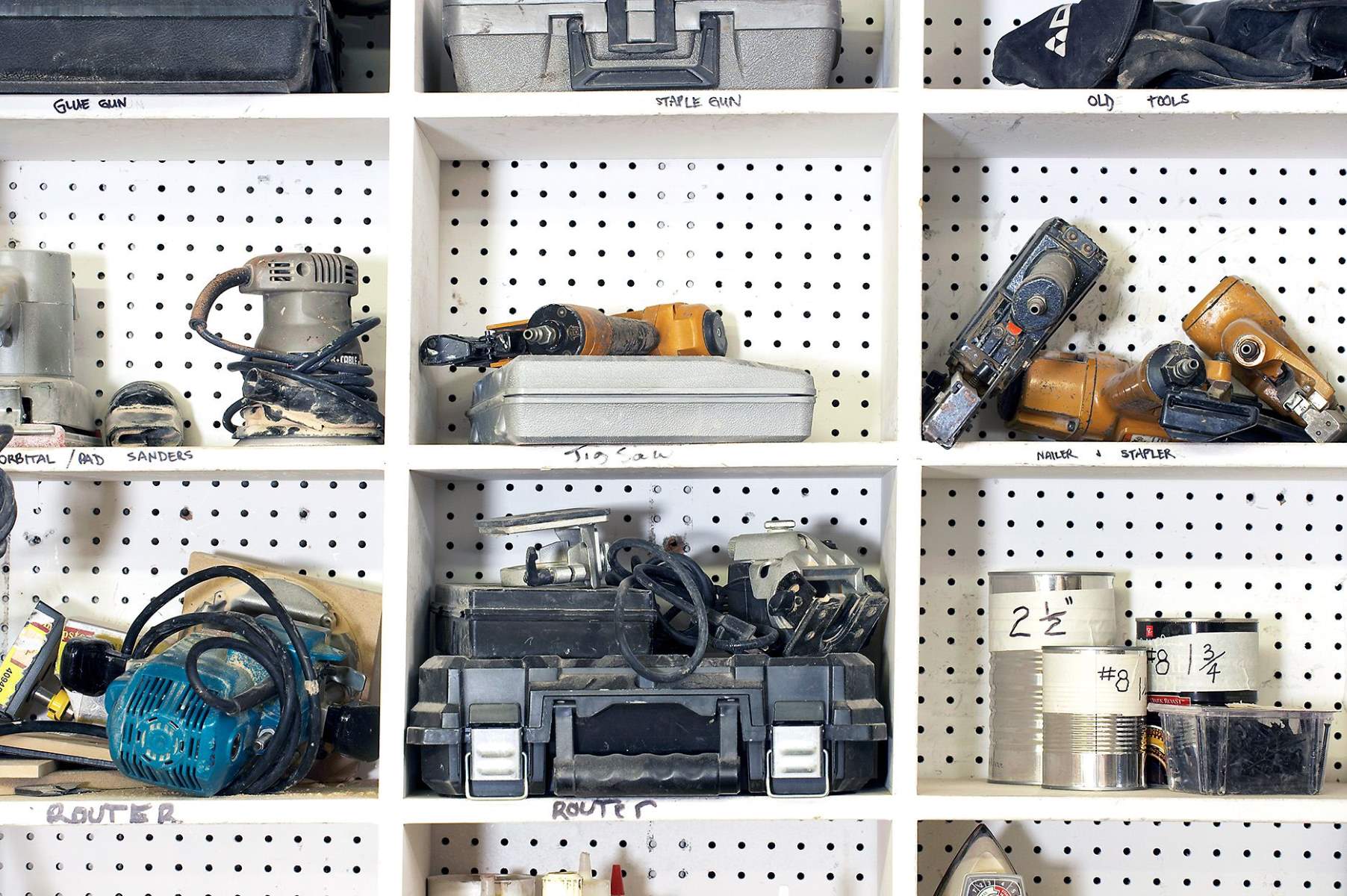



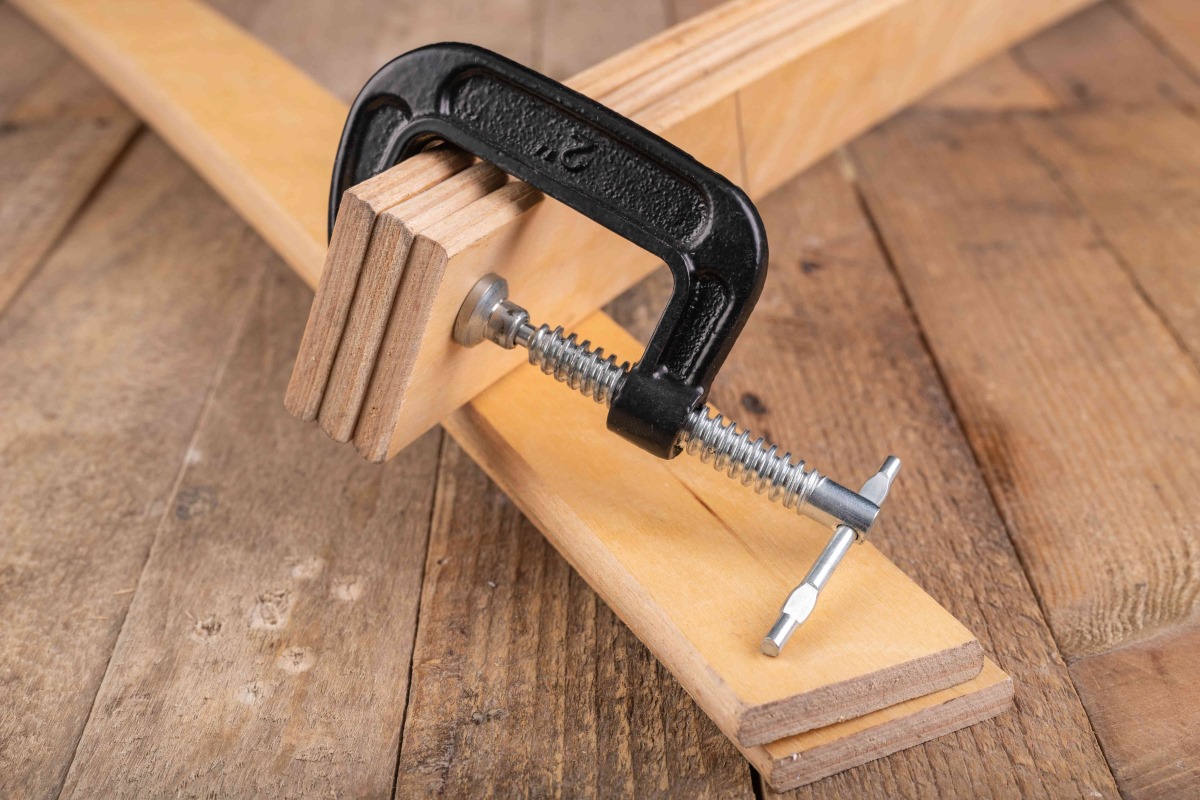
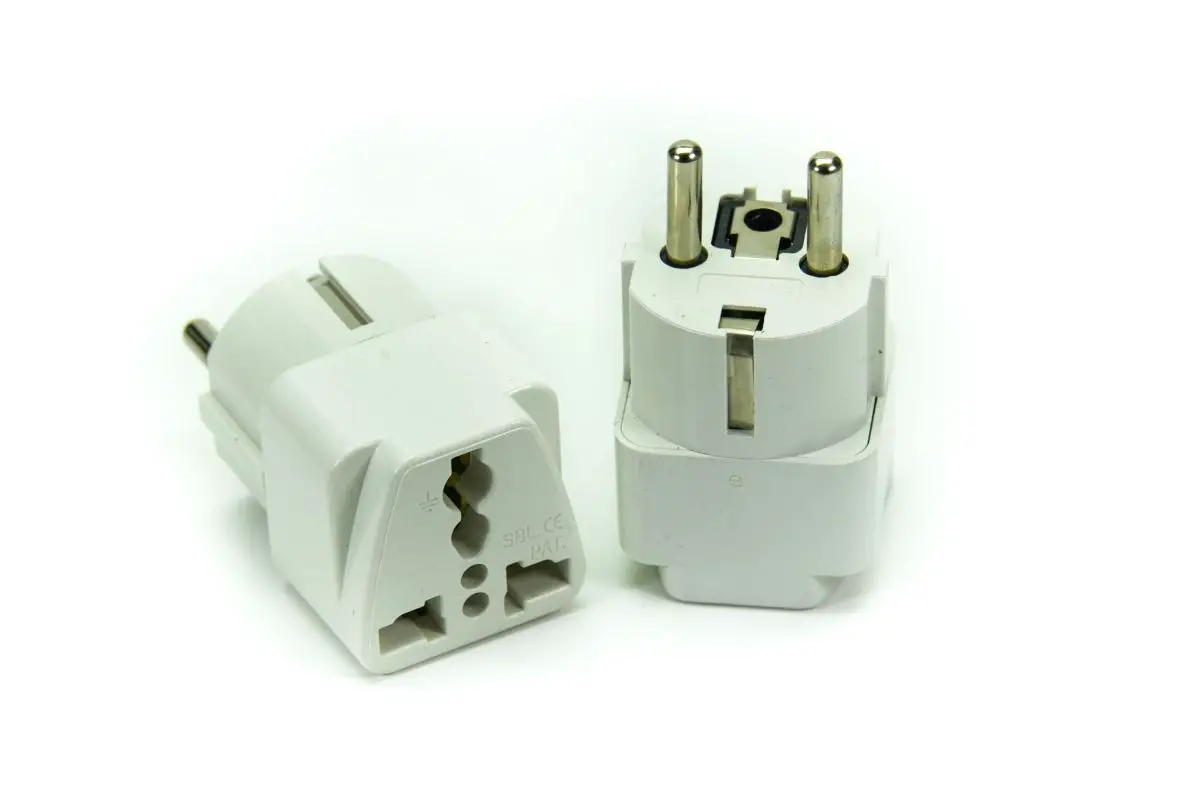
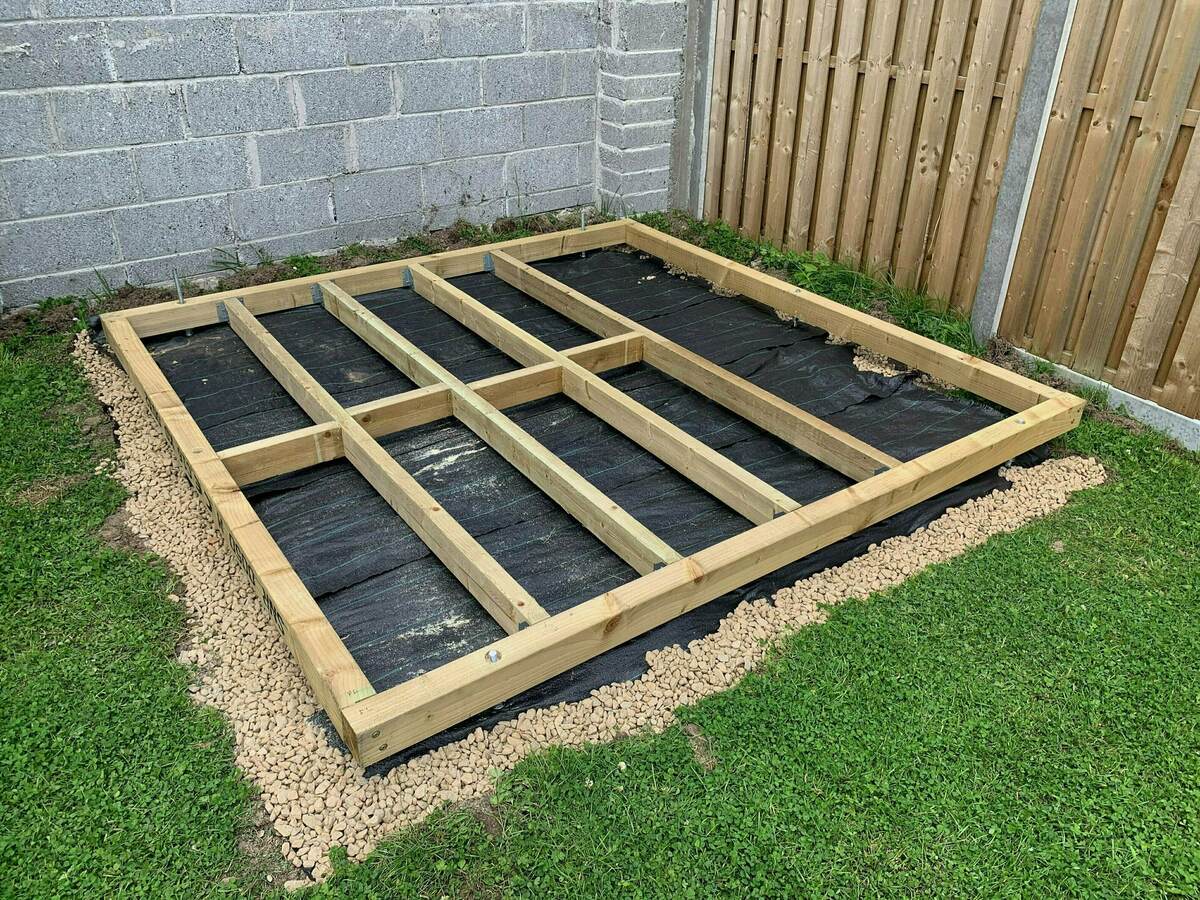
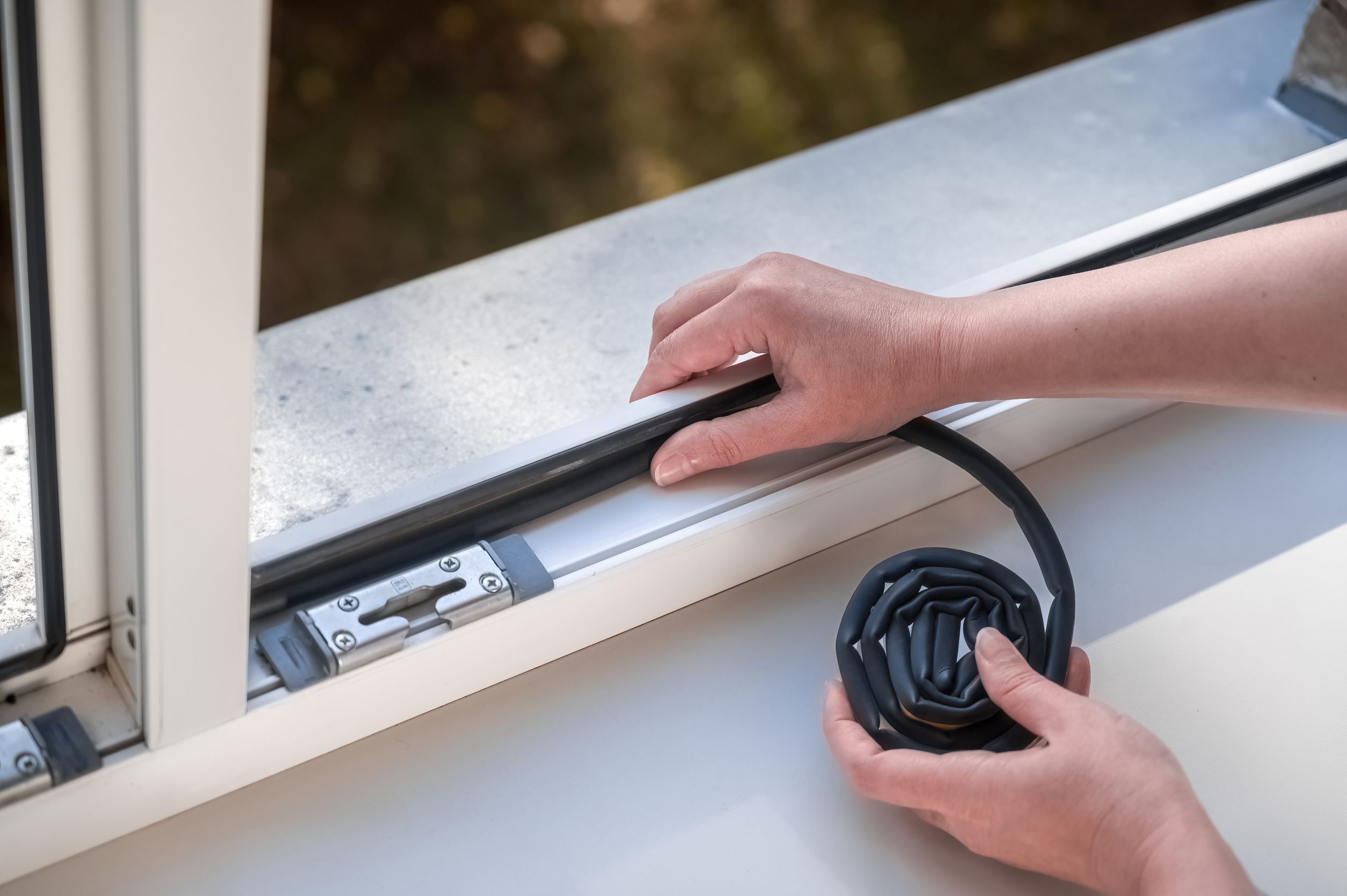
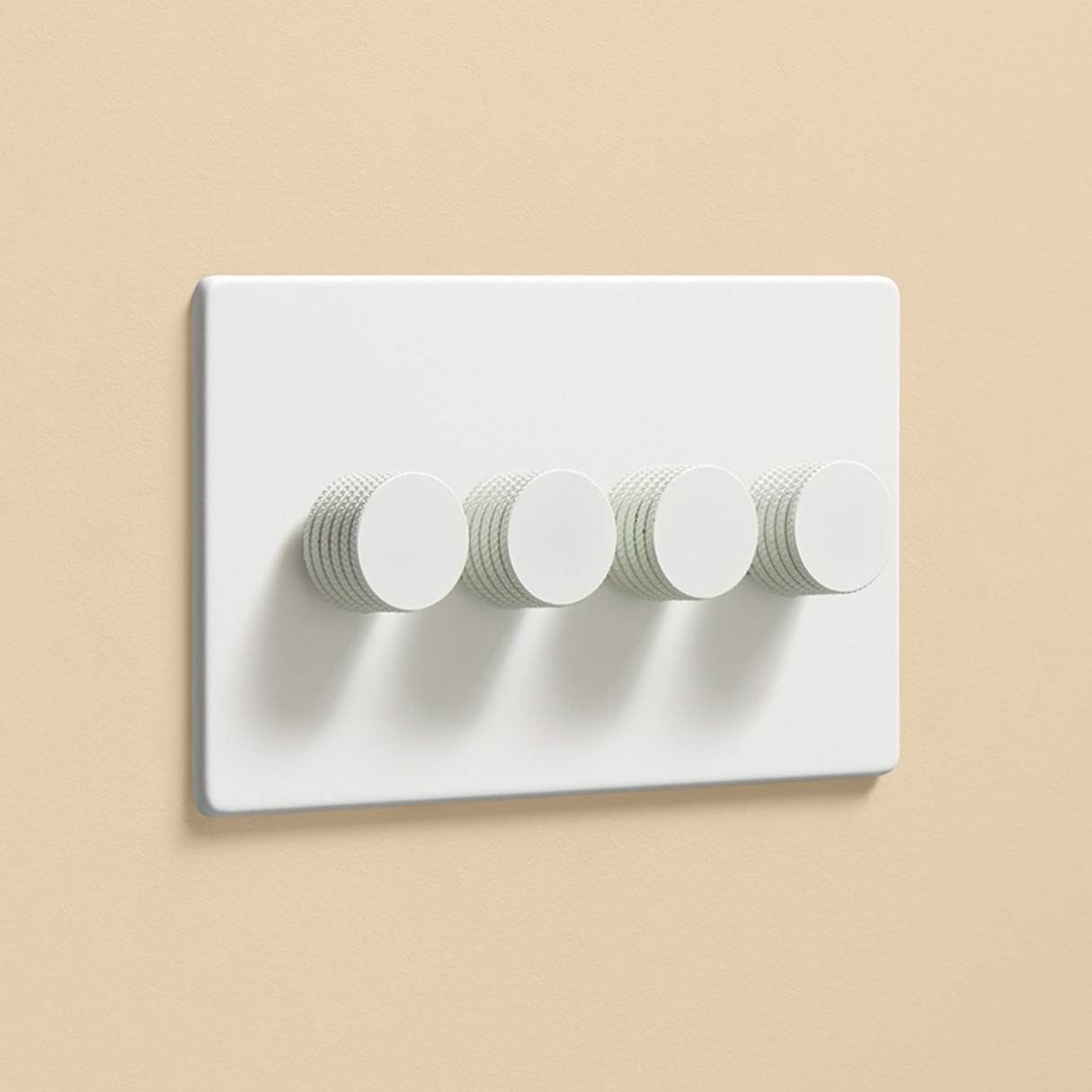

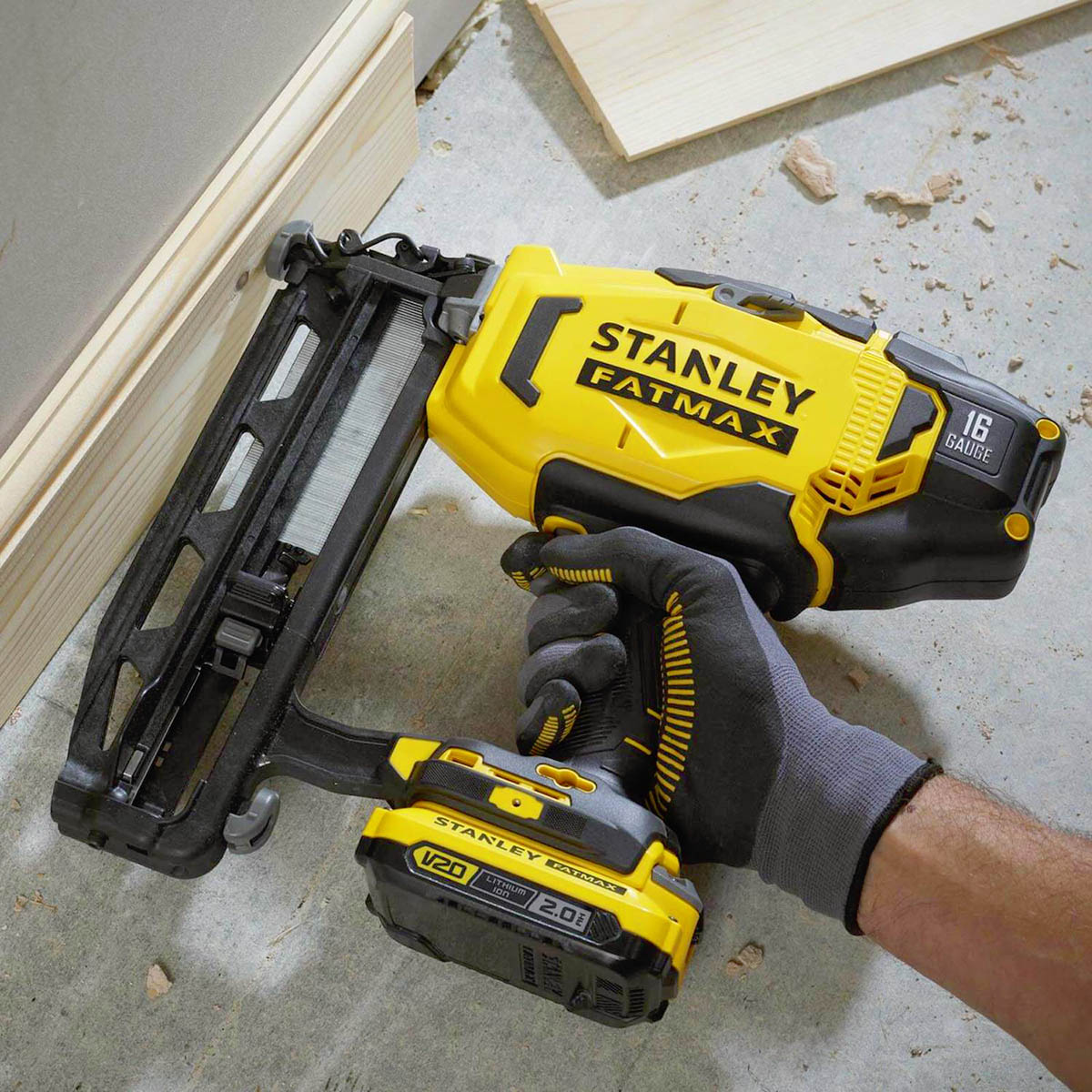




0 thoughts on “What Kind Of Saw Do I Need For DIY Projects”